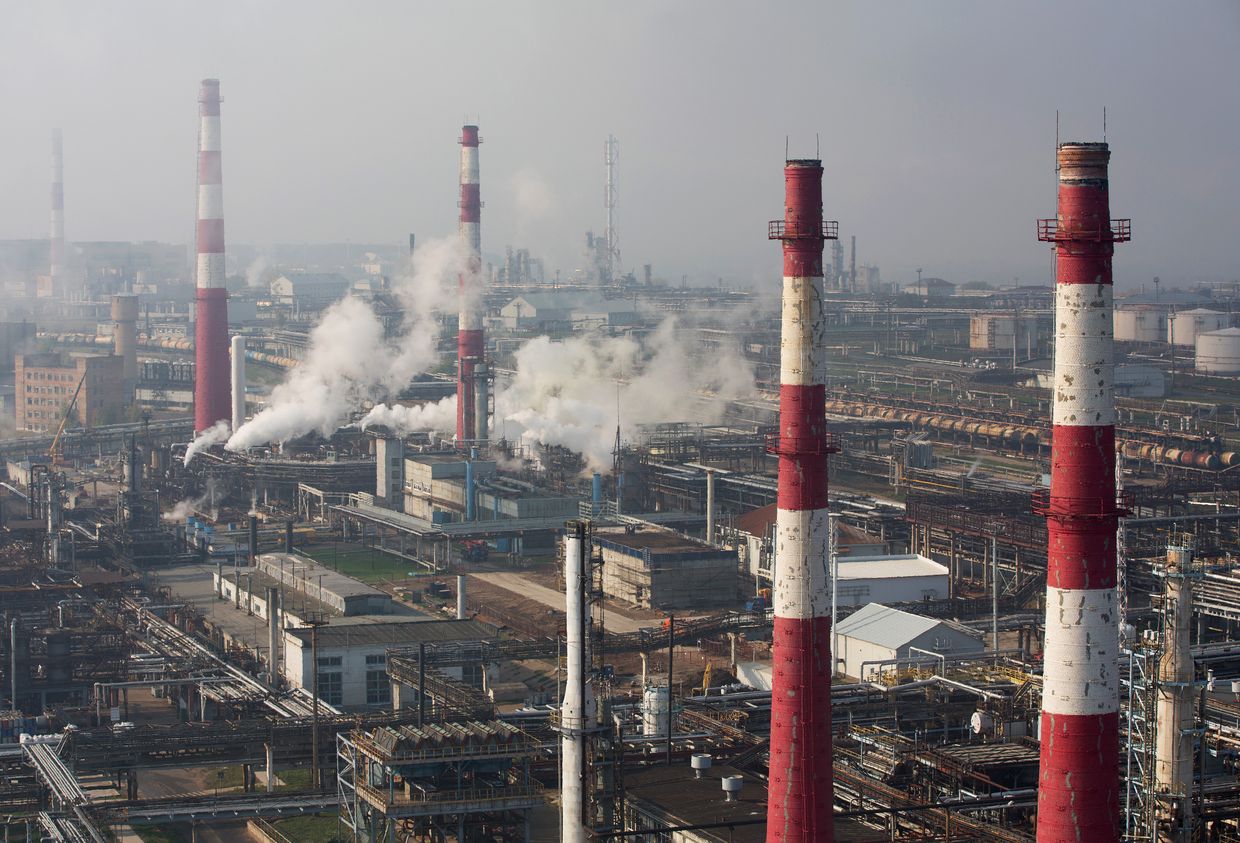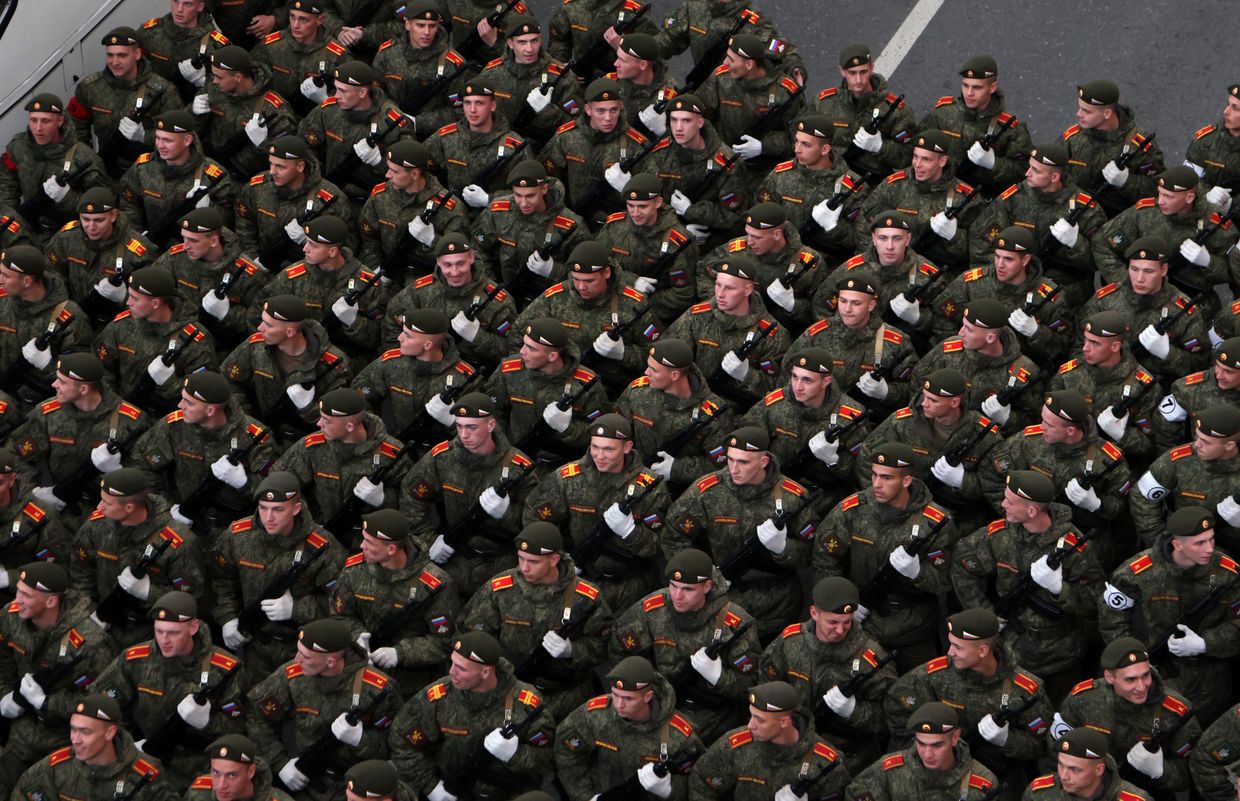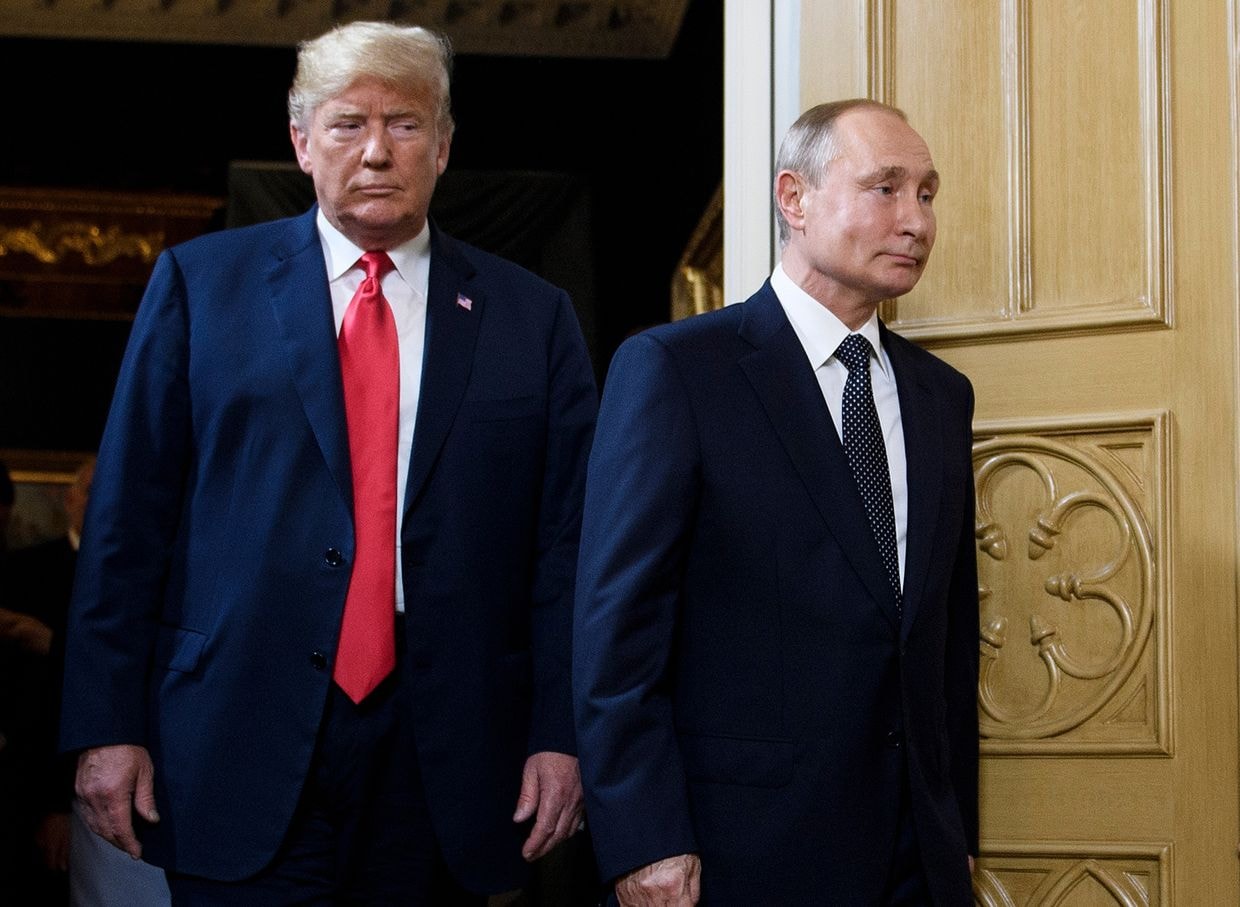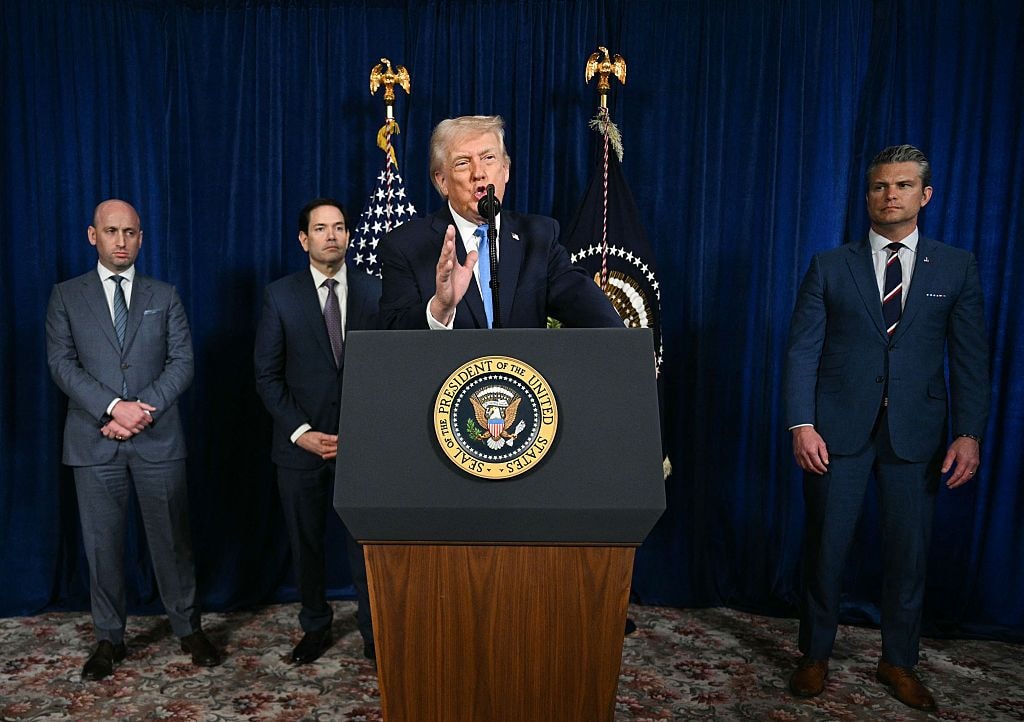
Can new security agreements forge Ukraine's path to victory?
Ukrainian soldiers from the 60th Battalion of Territorial Defense, are shooting rounds into Russian positions with an S60 anti-aircraft canon placed on a truck, outside Bakhmut, Ukraine on June 19, 2023. (Wojciech Grzedzinski/Anadolu Agency via Getty Images)
In early 2024, Ukraine signed seven agreements with allied countries that span for the next decade, aiming to guarantee Ukraine’s security while negotiating NATO membership.
According to President Volodymyr Zelensky’s diplomatic adviser, Ukraine is negotiating 10 more bilateral deals.
The biggest question is whether the deals can prevent a prolonged frozen conflict and build the groundwork for Ukrainian victory in Russia’s war.

Known in Ukraine as “security guarantees,” the agreements contain varying pledges of military aid for 2024, followed by boilerplate provisions that apply over the full term of the deal. The long-term commitments include defense sector cooperation, humanitarian assistance, accountability efforts for Russian war crimes, and anti-corruption initiatives.
The biggest letdown, according to Max Bergmann, Director of the Europe, Russia, and Eurasia Program at the Center for Strategic and International Studies, is a lack of stable military aid commitments beyond 2024 that would send a strong message to Russia and allow Ukraine and allies to plan for the future.
The deals reflect the current challenges faced by Ukraine and its allies and divisions within NATO.
“Presently, it is the best Ukraine could get,” said Stefan Meister, head of the Eastern Europe program at the German Council on Foreign Relations.
Talking money
Each country has pledged a different amount to Ukraine for 2024, with Germany pledging a high of 7.1 billion euro ($7.6 billion), while Denmark committed proportionally more than any other country.
The U.K., the Netherlands, Germany, and Denmark all set a clear target for military aid.
Meanwhile, France pledged “up to 3 billion euro ($3.2 billion),” and Canada’s $3.02 billion pledge covers “macroeconomic and military support.” Italy did not specify a concrete figure but agreed to maintain “the same level … of support” – the country has contributed just over $700 million in military aid since 2022.
France’s military aid, perceived by some allies as lackluster, has been a constant source of tension, especially following President Emmanuel Macron’s bold comments proposing the deployment of troops to Ukraine.

According to France’s agreement with Ukraine, it has contributed 3.8 billion euro ($4.1 billion) in military aid to date, a higher figure than any independent estimates to date.
Dr. Marie Dumoulin, a former French diplomat and current expert at the European Council on Foreign Relations, agreed that previous estimates undercounted French support and said that Paris had delivered some of the highest-impact weapons to Ukraine, like SCALP missiles and Ceasar self-propelled artillery.
Yet, none of the agreements specify exactly what kind of military aid allies plan to provide and whether this will include the transfer of weapons, training, or direct cash assistance.

Bergmann said that by focusing on the France-Germany rift, and debates over supplying the Taurus long-range missile, Europeans have been “dancing around the (main) question.”
“The big issue is that wars are about mobilizing resources and money,” says Bergmann, admitting that he was disappointed at a lack of long-term financial commitments by allies, which allow more predictability for all parties.
“When the U.S. commits, say, one billion a year to Israel for F-35s, this gives stability to everyone, including Lockheed (manufacturer) that knows they will be getting that money and can invest into the future.”
Transatlantic tensions
Future uncertainty is a motivating factor behind the agreements, which are partly driven by a growing fear of U.S. isolationism, especially in the event of a Donald Trump victory come November.
To date, the U.S. has provided almost half of all military aid to Ukraine, including some of the most effective systems, from Javelin anti-tank system to HIMARS (High Mobility Artillery Rocket System). The U.S. boasts the largest and most advanced military-industrial complex in the world.
Apart from the short-term pledges that will be spent on bullets and bombs urgently needed on the front lines, all seven agreements place a strong emphasis on developing the European defense sector – including in Ukraine.
According to Bergmann, the Ukraine assistance bill – requested by President Joe Biden in October 2023 and stalling in Congress since then – was a “wake-up call” for European countries.

Bergmann said that the EU has the capacity to produce much more but has started too late and is moving slowly. “The EU could borrow 100, 200 billion as they did during the COVID-19 pandemic, recognizing the crisis at hand. It’s not clear why they have not already done so.”
Speaking from the other side of the Atlantic, Stefan Meister agreed, saying that the realization is setting in that someday Europe might stand alone. “It is too slow, but discourse and activities are finally shifting.”
The bilateral deals between Ukraine and allies reflect this realization and may provide what Meister called a “roadmap” for developing Europe’s defense industries.
While the flexible language is such that future governments could reduce the commitments to Ukraine without breaking the deal, this becomes more difficult once governments invest billions into their defense industries, says Meister.
In for the long haul
The key message that the agreements send – both to Kyiv and Moscow – is that Ukraine’s allies are committed for the coming decade. Experts agreed on the content of the message but were less certain about its strength.
Dumoulin, whose experience negotiating the Minsk agreements, Ukraine-Russia ceasefire deals in 2014-2015, gives her a unique insight into Russian diplomatic thinking, said the agreements were crucial in dispelling Moscow’s hope to win the war by dividing the West.
Bergmann echoed this sentiment, adding that diplomatic signaling should not be underestimated and that such informal agreements often provide the structure for important long-term partnerships.

Following the failure of Ukraine’s ground counteroffensive in the summer of 2023 and fraying unity between allies, many fear that the coming years will be those of frozen conflict – or worse a dramatic shift in the balance of power in Russia’s favor.
Ambassador William Courtney, a former U.S. diplomat and Senior Fellow at the non-profit RAND think tank, made tentative parallels to the late years of the Soviet war in Afghanistan. “In 1989, Soviet forces seemed to have the upper hand in Afghanistan – just two years later, the Soviet Union no longer existed.”
Max Bergmann said that the invasion of Ukraine could be “Russia’s Vietnam,” referring to the bloody stalemate that cost the U.S. billions and ended in a bitter draw.
Underlying the experts’ optimism that Ukraine and its allies can turn the long-term war to Ukraine’s advantage was the assumption that stable, robust Western support is a necessary condition for this success.

No single development – military or political – will end the war instantly. While Courtney was optimistic about the imminent arrival of the F-16 fighter jets and the potential integration of the NATO Airborne early warning and control (AWACS) systems, other analysts have been more skeptical. Equally, 2024 will bring elections across the globe that will test allied support for Ukraine.
Experts agreed that Ukraine can break the deadlock to its advantage as long as the security agreements are just the beginning: a framework for meaningful military cooperation for the next decade and beyond.












